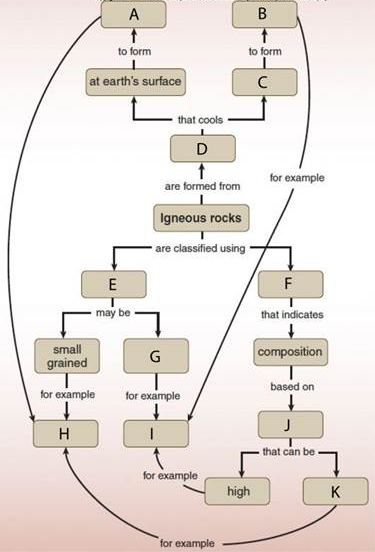Describe the rock cycle, explaining how the three major types of rock form and break down
What will be an ideal response?
All rocks can melt. At sufficiently high temperatures, rocks liquefy into magma. Magma may cool back into rock underground or may be released above ground through a volcano or vent in the form of ash or lava, which may then cool into rock on Earth's surface. Rock formed from the various types of magma is called igneous rock. Over time, wind, weather, and physical damage can erode rock into gravel, sand, silt, and clay particles.
Once rock has been broken down into small components ity can be deposited, often in or along water features in layers. Over time, these are compressed into layered rock, called sedimentary rock. This, too, can erode back into smaller fragments.
Igneous or sedimentary rock buried underground and exposed to extreme forces of heat or pressure can change form into metamorphic rock, which may be quite different from its original form. This process occurs at temperatures below the melting point of the rock.
You might also like to view...
What does a galvanometer measure?
A. electric voltage. B. magnetic fields. C. electric current. D. none of the above
Match the letter to the correct term and/or phrase in the concept map. (Igneous rocks)
Match the letter to the correct term and/or phrase in the concept map.

- Silica content
- Beneath the surface
- Magma
- Large grained
- Color
- Plutonic rocks
- Volcanic rocks
- Granite
- Basalt
- Texture
The last interglacial period with temperatures similar to the present interglacial period was the
A) Günz-Mindel interglacial. B) Eemian interglacial. C) Holstein interglacial. D) Flandrian interglacial.
What is the most common type of chemical sedimentary rock?
A. Coal B. Chert C. Limestone D. Rock salt